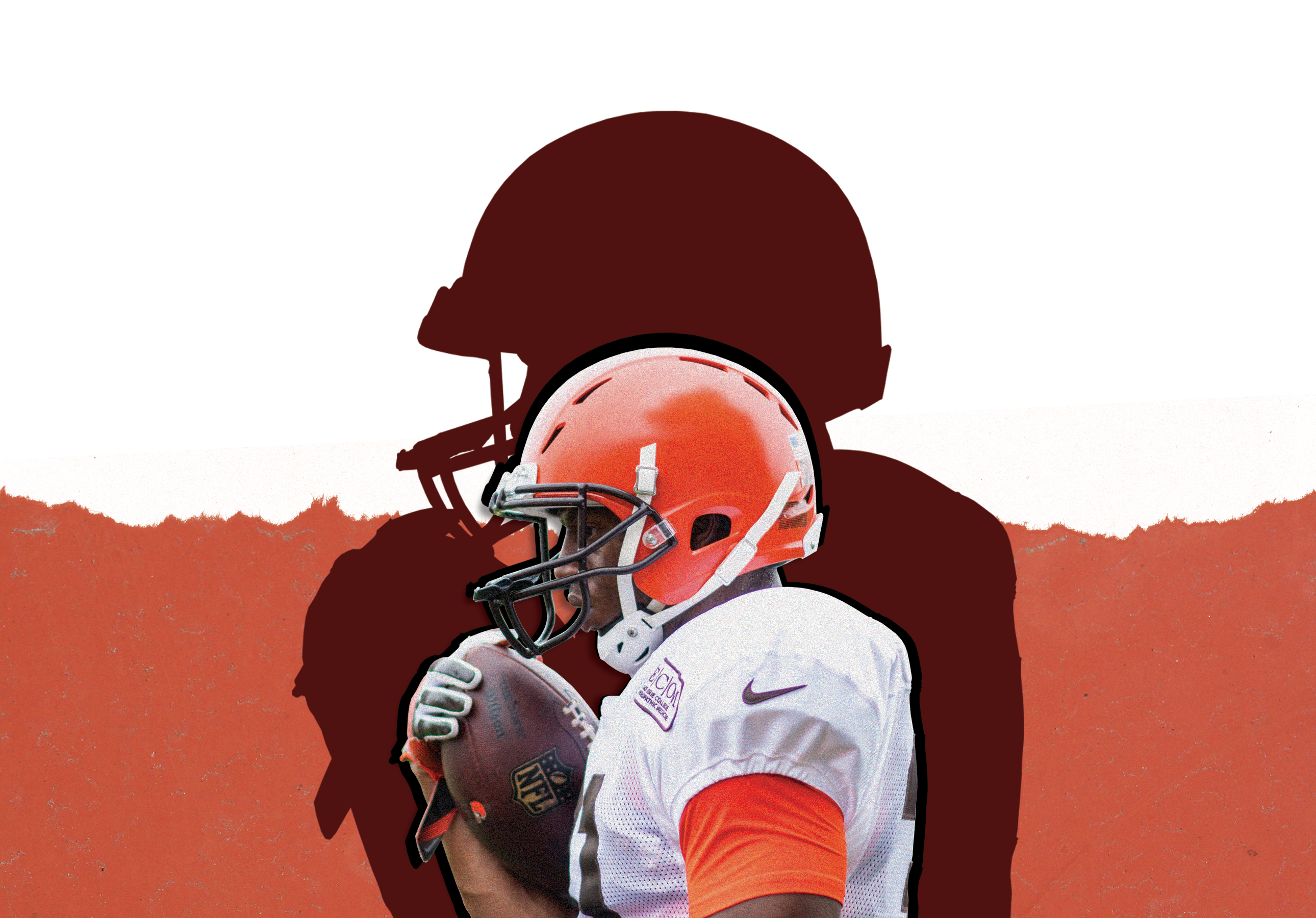“Right now, there’s really nothing we can do…We’re the only position that our production hurts us the most. If we go out there and run 2,000 yards with so many carries, the next year they’re going to say, you’re probably worn down.”
Cleveland Browns running back (RB) Nick Chubb perfectly encapsulates a major problem plaguing the NFL. In July, during the NFL offseason, fellow RB Austin Ekeler of the LA Chargers organized a Zoom call with many of the league’s top backs, including Chubb, to discuss their grievances with their treatment by the league. A number of star RBs were expecting healthy contracts, including Josh Jacobs of the Raiders, who led the league in rushing last year; Saquon Barkley, the former second overall pick of the Giants; and Tony Pollard of the Cowboys, who broke out for over 1,300 yards last year after spending years as a backup. Despite them being highly effective players who (sometimes single-handedly) lifted their offenses all season, none were able to secure a contract longer than the one-year franchise tag, which allows teams to retain players for a flat price without allowing them to negotiate with other teams.
There is a sense among league executives that paying RBs a large contract beyond their cheap rookie deals is not worth the expense. Despite, or perhaps because of the physical toll required of RBs, many franchises are refusing to pay long-term/experienced athletes comparable contracts to their fellow players. Ben Baldwin, an analytics reporter for The Athletic, is one of the so-called “leaders” of a movement that advocates against paying RBs their fair share.
“The results of run plays are primarily determined by run blocking and defenders in the box, not who is carrying the ball. Running backs are interchangeable,” Baldwin wrote on his website. “From an ownership perspective, it makes no sense to heavily invest in the position (be that through money or draft capital) if you can draft a younger, cheaper version every time their contract expires rather than extending said contract for large sums of money.”
In some regards, the owners have a point. Even among elite RBs, production often declines significantly with age. Only 12 RBs have been able to make the All-Pro team past the age of 28 since the year 2000, and only three since 2010. Paradoxically, the amount of labor that a RB produces actually serves to limit their earning potential, because teams don’t want to invest money in players who theoretically don’t have much tread left on their tires, reasoning that the more they play, the more likely it is they get injured or decline in ability. It’s a catch-22 for these athletes; if they don’t produce satisfactory results for their teams they won’t get paid, but if they work too hard they still won’t get paid because teams are worried they will just be “stale goods.”
This isn’t just a problem that affects the pros. Since 2000, 27 Division I players have left college with over 900 rushing attempts in their careers. When it came time for the draft, 10 of those players went undrafted, another 10 were drafted in the final few rounds, and only three were drafted in the first. Only seven of those players went on to start over 10 games in the NFL, and only six of them remained in the league for over five seasons, many of their careers cut short due to injury. For many of these players, their prime years in terms of both health and football ability arrive during their college years, where their income is limited by NCAA rules. By the time they are able to make real money off their work, their bodies have broken down, and pro teams don’t want them. The advent of NIL (Name, Image and Likeness) deals has somewhat addressed this problem by allowing players to make money off their likeness, but even then, the deals are chump change compared to the money they could be making in the pros. Michigan’s Blake Corum has the biggest NIL deal of all Division I RBs at a little over $1 million, less than of a standard rookie contract, according to On3.
RBs are disrespected by fans and general managers who see their labor as fungible, overworked by coaches at all levels of play, and underpaid by owners who prioritize their bottom lines over fair labor practices. But, as Chubb says, there is seemingly nothing to be done. The NFL Player’s Association and the league negotiate a collective bargaining agreement (CBA) every 10 years, with the current one slated to expire in 2030. In all likelihood, 90 percent of the RBs in the league today will have retired by the time they can negotiate for better conditions. Colts owner Jim Irsay caused some controversy over X when he insinuated that running backs were acting “inappropriately” and “in bad faith” for looking to renegotiate the CBA. Irsay said what most owners feel: they’re just fine with how the RB market works, because the market works for them. His statement is not just an example of a man voicing his opinions, it is a business owner cracking down on his employees threatening to strike.
So is a football revolution coming? Will the RBs of the world unite to overthrow the ruling class? Highly doubtful. After a summer of threatening holdouts, Jacobs, Barkley, and Pollard all returned back to their teams on the dreaded franchise tag, and RB Jonathan Taylor remains on the Colts despite his very public trade request. We are seemingly back to the football status quo.
But the long-term stability of the situation has to be questioned. How many kids are going to want to play running back when they know it’s the most dangerous position in mainstream American sports, especially when they see how poorly treated the players are? The players are still willing to play despite contract difficulties, but this lack of respect may cause the talent pool to dry up. It wouldn’t be the first time this has happened. The fullback was once a staple of NFL offenses; now, most teams don’t carry a single one. Football is ever-evolving, and the RBs might be the ones left behind.





